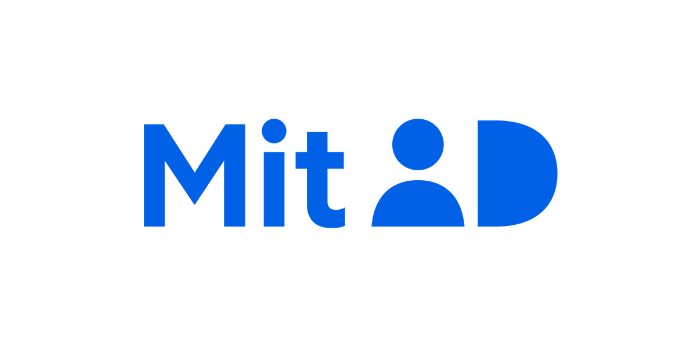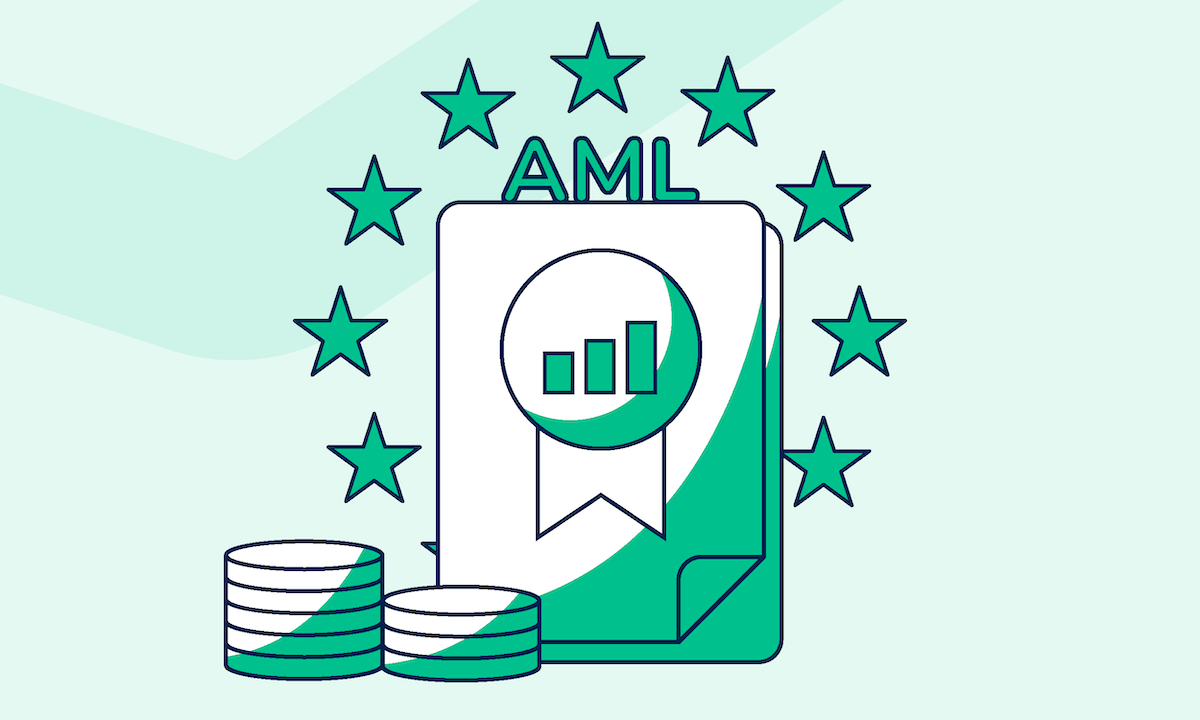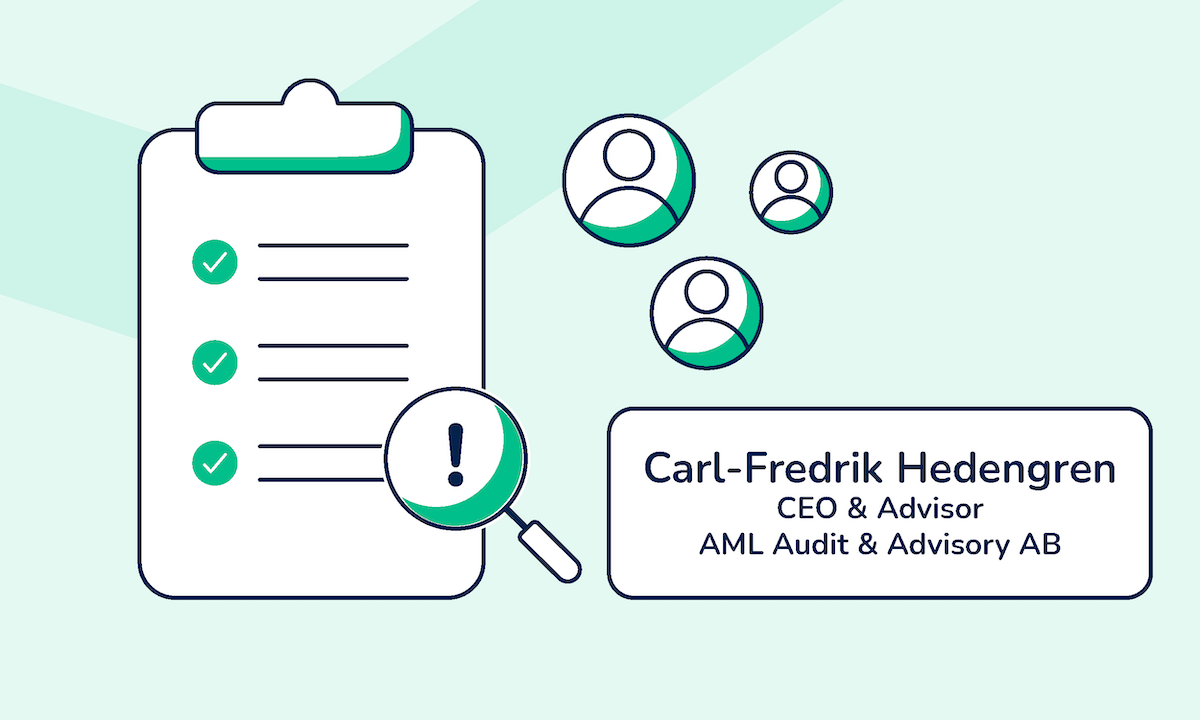By now, most Danish citizens have obtained a MitID, which replaces NemID. However, there’s still some confusion regarding this transition.
This article aims to shed some light on this critical change in the Danish digital identification system. We answer the most frequently asked questions on the subject in order to sort out any doubts.
MitID: A stronger and safer digital Denmark
It’s safe to say that Denmark is the most digital country in Europe. For years, the Danish Agency for Digitization has been developing strategic collaborations to set the course for digital transformation. These collaborations led to the creation of NemID in 2010. At the time, NemID was one of the best digital identity solutions in the world.
NemID is still a reliable solution. However, after more than ten years since its creation, new challenges have emerged. To ensure that the national digital identity infrastructure can meet future needs, a major update of the ID solution was necessary. Therefore, the migration to MitID was planned as part of the Digital Strategy 2016-2020 to equip citizens, businesses, and public sector employees with a more secure digital ID solution.
What is MitID?
MitID is a modern digital identification solution replacing NemID. The introduction of MitID started in Denmark in the summer of 2021.
What do I need MitID for?
MitID is now needed and used in all cases where one would typically have used NemID:
- To access your online banking account and transfer funds
- To log in to borger.dk, skat.dk, virk.dk
- To use other online services that now require NemID authentication
Why was NemID replaced?
NemID has been a crucial element in Denmark’s digital infrastructure. One of the first digital IDs in Europe, NemID supported the country’s advancement as a key element in the national digitization roadmap. However, it was necessary to ensure even greater security and flexibility to meet modern demands. The need for an improved solution resulted in the government’s initiative to replace NemID.
The goal was to provide the Danish society with a more resilient eID solution. The new solution should be able to withstand the digital threats that the future might bring.
Another practical reason was the expiration of the NemID contract with Nets. Due to the tender obligation, the Danish Digitization Agency had to select a new tender to provide a digital ID. This created an opportunity to re-consider the existing identification system and evaluate the need for a better eID.
What steps did the migration process consist of, and at what stage is it now?
The project consisted of four main phases:
1. Pre-analysis (completed)
User needs and technical and safety requirements have been carefully examined. Market dialogues have been conducted to obtain relevant inputs on possible solution scenarios. Afterwards, a technical dialogue on a partnership with private sector parties was opened in preparation for a partnership tender.
2. Analysis and tender of a partnership (completed)
A detailed solution concept has been identified based on the pre-analysis findings. A tender has been carried out, and a partnership established.
3. Procurement (completed)
The design of the new solution has been submitted to the Danish IT Council, and MitID has been developed. The Danish Digitization Agency and the banks in Denmark entered into a partnership to jointly conceive and finance MitID.
4. Implementation (ongoing)
Public and private service providers are migrating to the new digital ID solution. Development and production are now afoot.
When will the change take effect?
MitID has been introduced to Danish citizens and businesses starting May 2021. The transition period from NemID to MitID started in 2021 will last until the end of 2022.
Public authorities and organizations will have to support both NemID and MitID during the migration period. This means that Danes will be able to use both eIDs until NemID is phased out.
Can I continue to use NemID? What about my code card, app, and token?
You can continue to use NemID during the transition period. However, as soon as MitID is fully implemented, you won’t be able to use NemID anymore.
How do I switch from NemID to MitID?
You’ll be notified by your bank when it’s time for you to get MitID. At that point, you will need to go through some steps in a self-service flow. Follow this link for more information: https://www.mitid.dk/kom-i-gang-med-mitid/.
I live abroad. How do I get MitID?
Don’t worry! Everyone who has NemID today will be migrated to MitID – regardless of the country they live in. However, you might be required to go to a Citizen Service Centre to be assisted in getting your MitID. Find more information here.
What does MitID look like?
MitID is primarily intended as an app, accessible via smartphone or tablet. The MitID app looks and works in a similar way as the NemID app – e.g., you can approve activities, transactions, and payments by swiping your finger on the screen. Users can log in to the app with their user ID and password.
However, there will also be physical options to use MitID such as:
- Code viewer
- Chip
- Code reader
1. Code viewer
On request, users can be provided with a one-time code viewer. The code viewer is the size of a USB stick and displays the code needed to approve the activity. The device shuts down after every use and has a 10-year lifespan.
2. Chip
For high-frequency use or when the highest level of security is required, a MitID chip (U2F unit) is available for purchase and can be ordered at MitID.dk. You have to press the button on the chip to approve the activity. The chip then communicates directly with a mobile or computer using Bluetooth, NFC (like contactless payment), or USB.
3. Code reader
Blind and visually impaired people will receive a special code reader. The device shows the one-time codes on a large screen and reads them aloud (both in Danish and in English). Also, it’s possible to connect the code reader to headphones to prevent others from hearing.
Additional options to accommodate special needs (for the elderly and users with disabilities) are provided. On top of that, MitID provides proxy solutions to help family members with their online banking activities.
How were the name and logo chosen?
The new ID needed a new name that reflected its new role and capabilities. More than a hundred possible names were discussed before choosing MitID (which translates to MyID). The new MitID is precisely that: a personal eID, closer to private activities, life, choices – in other words, more mine.
The name emphasizes MitID’s focus on the individual and their needs of security and usability. The same goes for the logo, built to spotlight the person for whom the solution has been designed.

How is MitID different from NemID?
NemID was devised to work as a digital identification means and as a digital signature. This double function has not been transposed into MitID.
MitID is a pure authentication solution that does not support signing. Digital signing will be an additional service offered by your trusted digital signature provider through its broker. However, there will still be enough coherence between the technical elements of MitID. This means that users will continue to experience their eID as an overall solution for authentication and signing.
How is it ensured that MitID can be used for both public and private services?
A determining factor in the country’s digital success is that the government uses strategic interaction at all levels. The public sector acknowledges the need to work closely with the business community to sustain a digital and adaptive society.
To enable the use of the new solution across both the public and private sectors, MitID is built on a partnership between the Danish Digitization Agency and the Danish banks.
The partnership behind MitID is expected to result in a number of benefits for Danish citizens:
• Never change a winning team
The collaboration will ensure that the development of MitID is carried out with both the public sector’s and banks’ needs in mind.
• One for all – all for one
The constant cooperation between the public sector and the banks means that Danes will continue to have a single eID for all their needs.
• Common cause, shared efforts
The joint financing avoids the resource waste associated with the creation of two separate solutions. Likewise, private companies will be able to use that same solution. Everybody wins.
• The more minds, the better
The partnership is founded on sharing the market knowledge of both authorities and private companies to achieve a common goal. The project organization is equally staffed by employees from both the public sector and the banks. All decisions are made by consensus and other interests are taken into account via stakeholder forums.
This collective contribution will ensure that MitID becomes the best version of eID.
What is the difference between the two eIDs at an infrastructural level?
The NemID infrastructure consists of two systems: one for banks, and the other one for public and private service providers. These parties are integrating directly with NemID to provide their services. This means that thousands of actors have direct interaction with the NemID system. This overload has two main consequences:
- it increases the risk level and the chances of security issues;
- integrations to NemID need to be standardized, compromising NemID’s flexibility and adaptability to specific needs.
On the other hand, the MitID system only allows direct interaction from certified MitID brokers. This difference, however, should not be deemed as a restriction. On the contrary, the reduction of agents in direct contact with MitID’s core infrastructure is an improvement:
- granting direct interaction to only a limited number of certified bodies increases safety;
- the fewer actors qualified to integrate with MitID allow for more customization.
How does MitID improve the flexibility of the Danish digital identification system?
MitID is more than a simple NemID upgrade. It’s based and built on entirely new infrastructure, better suited for new requirements and usage scenarios. It’s a fresh solution that can support today’s digital businesses.
The new digital ID is more flexibles as it can be tailored to address specific areas such as:
- user experience
- different security levels (allows easier access to non-sensitive data)
- internationalization plans (to operate seamlessly cross-border)
With MitID, you can also enable Single Sign-on (SSO). Thanks to the SSO feature, you’ll be able to move from a service provider to another, without having to log in again.
MitID is provided through a connection to brokers. What is a broker?
In short, the infrastructural change from NemID to MitID means that private providers are no longer able to interact directly with the eID system. Instead, they will need to use a certified MitID broker. A broker is a licensed service acting as an intermediary between service providers and the MitID system.
Private citizens and companies (except digital service providers) are not be affected by this change. It’s up to your service providers to engage with a broker and ensure a smooth transition for its users.
How did Penneo handle the NemID to MitID transition?
A Danish company, Penneo is always on top of national rules and changes to ensure the ongoing reliability of our services. To offer our users a seamless transition, we have included MitID as one of the eIDs supported by Penneo.
Our customers can now use it exactly as they did with NemID. MitID can be used in all of our services, from secure authentication to client onboarding and digital signing.
What does it mean for Penneo users?
Penneo will support both NemID and MitID until NemID is fully phased out. NemID and MitID are now linked in Penneo, which means that both eIDs identify the same user and enable access to the same account/archive.
Read more on how to sign with MitID.





